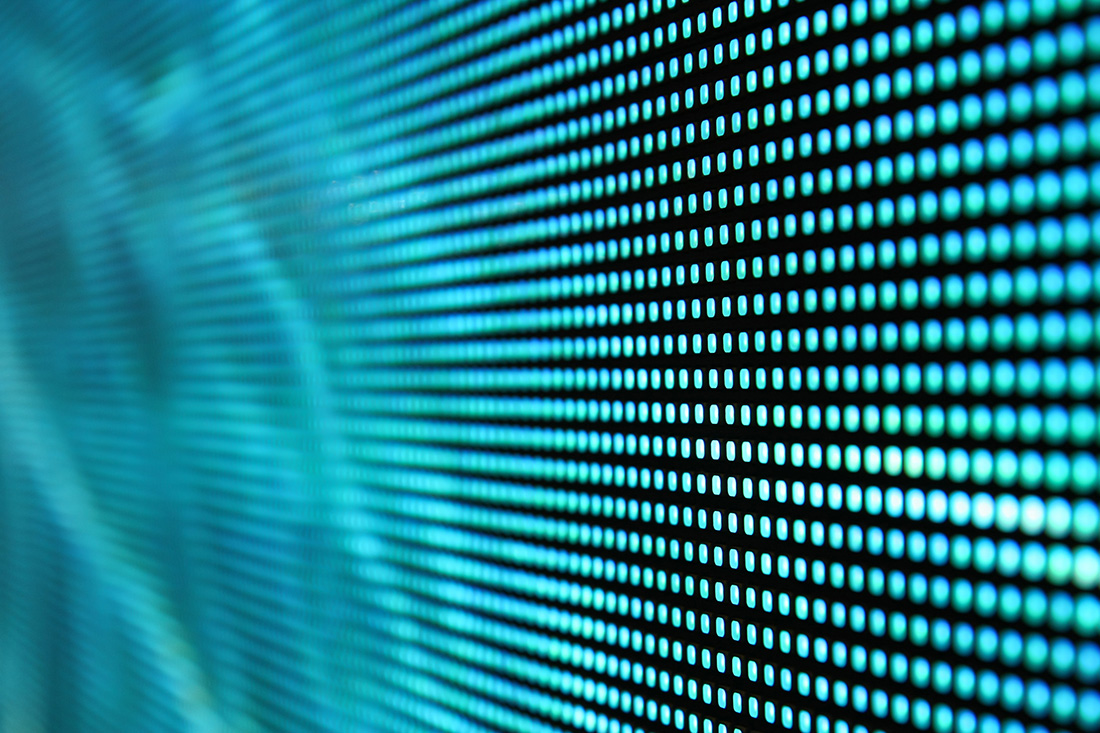Innovative Strategies to Improving Mobile Connectivity Systems for LED Wall Surfaces.
Wiki Article
Untethered communication solutions for LED wall screens have redefined the way we experience visual displays in diverse environments, such as live events, corporate gatherings, and promotional displays. These units, known for their vibrant colors and high resolution, rely heavily on strong wireless networks to perform effectively. As digital infrastructure continues to evolve, innovative approaches are being developed to enhance these wireless solutions. This discussion will examine some of the latest techniques aimed at improving wireless connectivity for LED wall panels.

One notable method to enhancing wireless communication is the use of advanced antenna systems. Antennas play a critical role in transmitting and capturing signals between devices. By utilizing adaptive antenna arrays, which can adapt their orientation and focus based on the environment, engineers can significantly improve signal integrity and reliability. This dynamic tuning helps minimize interference from other electronic systems and barriers, leading to clearer video quality and more stable link performance for LED wall panels.
Another forward-thinking strategy entails utilizing mesh networking systems. Unlike conventional wireless setups that rely on a single access point, mesh systems consist of multiple nodes that collaborate to extend the internet connection over a larger area. This structure guarantees that LED wall screens receive a steady signal regardless of their location. In venues like stadiums or large event centers, where physical barriers may interfere with signals, mesh technologies provide a more robust solution by ensuring signal integrity even in crowded environments.
Moreover, incorporating edge processing into wireless communication systems can boost efficiency for LED wall displays. Edge computing enables data processing to occur closer to the source of data origination rather than relying solely on centralized cloud infrastructure. By analyzing data at the edge of the Luminescent Diode wall panels, the system minimizes latency, resulting in quicker response times and smoother video playback. This development is especially beneficial for applications that require real-time updates or interactive features, making visual displays Related Site more engaging for audiences.
Lastly, leveraging new transmission standards can also enhance wireless network performance for LED wall panels. Protocols such as Wi-Fi 6 and fifth-generation wireless offer greater bandwidth and faster data throughput compared to previous standards. These advancements enable multiple units to connect concurrently without compromising performance. As LED wall panels are often used in conjunction with other smart technologies, implementing these advanced protocols guarantees that all components can communicate effectively, leading to an overall better user experience.
In conclusion, the advancement of wireless connectivity technologies for LED wall displays is essential as technology continues to evolve. Through innovations such as smart antennas, mesh networking systems, edge computing integration, and new communication protocols, manufacturers can provide better efficiency and stability. These strategies not only enhance the capabilities of Luminescent Diode wall panels but also elevate visit the site the visual experiences they offer across multiple settings. As these technologies develop further, audiences can anticipate even more impressive visual presentations in the future.